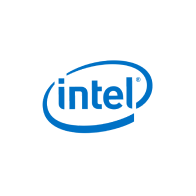Shaping the Future of Retail
Building Innovative Retail Solutions for a Thriving Future


New Top Analyst Update

ELERA®
OUR INDUSTRIES
Where We Excel
Every shopper deserves the best possible customer experience, and retailers should feel empowered to deliver that. Retailers need to find ways to provide both meaningful experiences and create new ones that build lasting connections with shoppers.

Latest at Toshiba
Smarter Stays: How AI Is Enhancing Guest Experience
Fast Company Honors Toshiba's ELERA® Security Suite on the 2025 Next Big Things in Tech List
AI That Knows Your Order: Behind the Tech in Everyday Stops
Toshiba at EuroCIS: Delivering Solutions to Empower Retailers to Go Beyond
Matalan Partners with Toshiba Global Commerce Solutions to Enhance In-Store Experience
6 Ways Leadership Support Fuels Retail Innovation

Toshiba In Action
Our Statistics
Toshiba is the global market share leader in retail store technology. As retail’s first choice for integrated in-store solutions, our innovative commerce technology enhances customer engagement, transforms in-store experience, and accelerates digital transformation. Together, with a global team of dedicated business partners, we advance the future of retail.
#1
205k +
2.8 mil +
#2

Check out the latest from Toshiba
Stay up-to-date on Toshiba’s insights.
See Our Solutions in Action
Our products
Featured Solutions
Every day, we strive to help retailers implement new systems, tailor solutions to meet new business needs and find ways to operate their stores more efficiently. From idea to execution, our mission is to help make you be a great merchant.
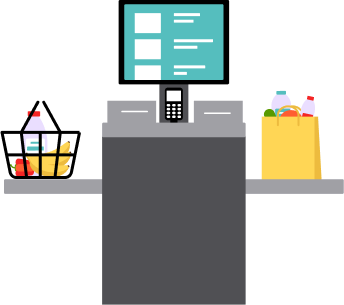
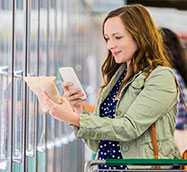
Commerce Solutions

ELERA® Platform Solutions

Managed Services
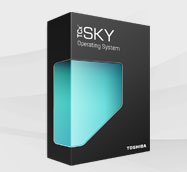
Operating Systems
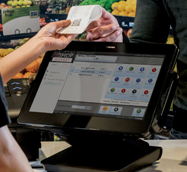
Point of Sale

Self-Service


ELERA®
Using ELERA’s combination of microservices, IoT and touchpoints, and data, retailers can obtain insights into their customers, predict emerging trends, and create recommendations for customers based on their purchase history. This intelligent data enables retailers to deliver more efficient shopping experiences that eliminate unnecessary friction, reach more customers on their terms, and proactively meet shoppers' needs.
ELERA®





